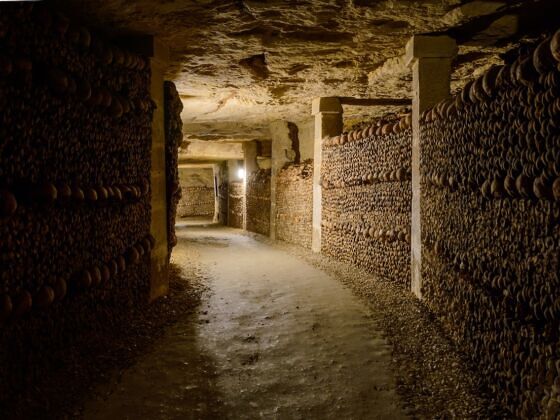1. The Crypt at Notre Dame
Standing on the plaza of Notre Dame, surrounded by fellow tourists gawking up at the towers and snapping posed pictures on the small plinths lining the square, I was more focused on what was beneath my feet.
In the 1960s, the excavations for the wide plaza in front of Notre Dame Cathedral unearthed artifacts and buildings from hundreds and thousands of years ago. Walking beneath the pavement into the cool, dark rooms, I was walking into Paris as it was when it was first inhabited. Well, not quite first inhabited, since people were living along the banks of the Seine on the Ile de la Cite in the Paleolithic Era, 500,000+ years ago.
